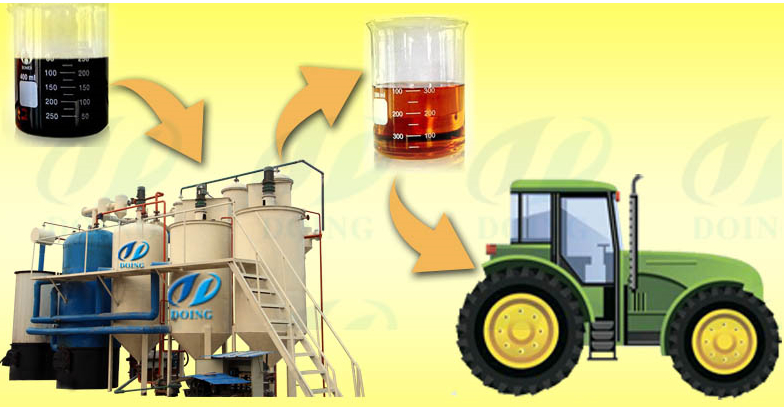

Every year humans produce nearly 280 million tons of plastic, and much of that plastic ends up in the environment, harming marine life and other ecosystems. The chemical bonds that makes plastic so durable makes it equally resistant to natural processes of degradation. Since plastics are non - biodegradabl e in nature, it is very difficult to eliminate the waste plastics from nature. Since 1950s 1 billion tonnes of plastic have been discarded and may persist for hundreds or even thousands of years.Expenditure incurred on disposal of plastic waste throughout the world is around US$ 2 billion every year. Even for a small country like Honk Kong spends about US$ 14 million a year on the exercise . The majority of the plastic waste ends up in landfills, and becomes a carbon sink where it may take up to 1000 years to decompose and potentially leak pollutants into the soil and water.
Pyrolysis of plastic to oil machine is an environmental protection system which uses the continuous liquefaction technology and catalytic breakdown reaction to convert waste plastics into renewable resources, such as pyrolysis oil, carbon black, combustible gas and so on. The end products can be applied to diesel engines and generators directly, or come into high ranking diesel and gasoline through our oil refining plant. Other names of Pyrolysis of plastic to oil machine: waste plastic pyrolysis machine, plastic to oil machine/plant, waste plastic to fuel conversion plant, plastic2oil equipment and so on.